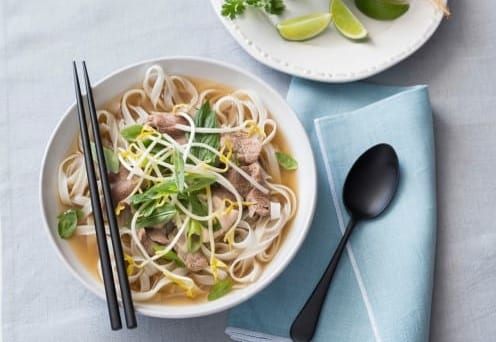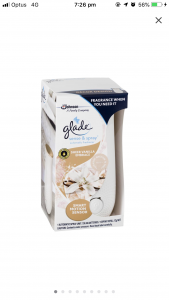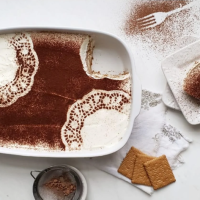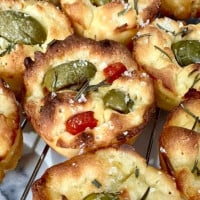Share this
- Share Travel Asia From The Comfort Of Your Own Kitchen on Facebook
- Share Travel Asia From The Comfort Of Your Own Kitchen on Twitter
- Share Travel Asia From The Comfort Of Your Own Kitchen on Pinterest
- Share Travel Asia From The Comfort Of Your Own Kitchen on Tumblr
- Share Travel Asia From The Comfort Of Your Own Kitchen via email
- Share Travel Asia From The Comfort Of Your Own Kitchen via browser





















1:42 pm
5:42 am
10:08 am
9:38 am
11:48 pm
11:22 pm
5:13 pm
10:08 am
8:00 am
4:29 am
-

-
-
-
Ellen replied
- 18 Jul 2020 , 8:22 am

Reply10:43 pm
10:27 pm
9:46 pm
8:50 pm
-

-
-
-
mom93821 replied
- 16 Jul 2020 , 6:03 am
Reply6:24 pm
- 1
- 2
- »
Post a comment